University of Utah
University of Utah: Aspire: Lunar Phases
Two-part activity teaches about the phases of the moon.
Smithsonian Institution
Smithsonian: Earth From Space
You may not have seen the monsoon rains in India or Mount Taranaki in New Zealand, but thanks to the Smithsonian's online exhibit, it's easy to observe the earths natural and man made features. Click on "Online Exhibition" to view and...
Wolfram Research
Wolfram Science World: Life of Sir Isaac Newton
This site from ScienceWorld provides an interesting biographical sketch of the English physicist and mathematician, Isaac Newton. The biography is a good size in length and very informative, with links provided throughout for additional...
Nine Planets
The Eight Planets: Just for Kids
Here is a clear, simple picture of the solar system. Click on the names of the planets to learn more about each. Clicking on underlined terms takes you to more and more detailed scientific information.
American Museum of Natural History
American Museum of Natural History: O Logy: What's the Big Idea? Earth
Find an overview of the Earth and some of the approaches scientists take in studying it, in this click-through series of short perspectives on the topic.
Science Education Resource Center at Carleton College
Serc: Co Vis: Learning Through Collaborative Visualization
A community of students, teachers, and researchers working to improve science education. Rather than depend on the teaching of facts, they seek to reproduce the question-centered, collaborative practices of scientists, using advanced...
Ministerio de Educación (Spain)
Ministerio De Educacion: Atronomia Esferica Modulo I Unidad 1
Recognize the major constellations and learn about the sky during the different seasons of the year. You will also be able to measure the height of the mountains of the moon.
Simon Fraser University
Chem1 Virtual Textbook: Formation and Evolution of the Earth
As part of the General Chemistry Virtual Textbook, this site examines a variety of topics related to the Earth. Topics covered in the discussion include formation of the solar system, the planets, the continents, primary differentiation...
Kidport
Kidport: Space Science
This complete resource will help students to improve their understand of space exploration. Includes images of the universe, galaxies, stars and planets.
National Institute of Educational Technologies and Teacher Training (Spain)
Ministerio De Educacion: La Situacion De La Tierra en El Universo
Throughout this unit you will make an imaginary journey that will transport you from the remotest infinity of the universe around us, to the surface of our planet. During this trip you will see the main features and components of our...
National Institute of Educational Technologies and Teacher Training (Spain)
Ministerio De Educacion: La Tierra, Un Planeta en Continuo Cambio
For this unit you can learn about the history of our planet Earth. It has 25 interactive activities.
National Institute of Educational Technologies and Teacher Training (Spain)
Ministerio De Educacion: Los Cambios en El Medio Natural I
In this unit you can learn about the internal structure of the Earth. It has 13 interactive activities.
National Institute of Educational Technologies and Teacher Training (Spain)
Ministerio De Educacion: Los Cambios en El Medio Natural Ii
In this unit you can learn about the deformation of rocks, magmatism, plutonism and seismic waves. It has 16 interactive activities.
National Institute of Educational Technologies and Teacher Training (Spain)
Ministerio De Educacion: La Corteza Terreste Y Sus Materiales
In this site learn about the structure of the Earth, the Earth's crust, and the usefulness of the earth materials. It contains many illustrations and 15 interactive activities.
National Institute of Educational Technologies and Teacher Training (Spain)
Ministerio De Educacion: La Tierra: Un Planeta Habitado
Find out which factors make life possible on a planet. Learn about the common features and the functions and the diversity of living things, environments, sizes, shapes and means of eating. It contains 19 interactive activities and many...
National Institute of Educational Technologies and Teacher Training (Spain)
Ministerio De Educacion: Estructura Interna De La Tierra
In addition to exploring the inside of the earth, this unit will explore the consequences on the dynamics of the outer layers; it will deepen the knowledge of plate tectonics and the movement of the plates in the past. It includes 16...
Wikimedia
Wikipedia: The Black Hole
This site examines the black hole as an object in astrophysics. Delve into this comprehensive resource that covers this concept from its history, to qualitative physics, the reality of black holes, mathematical physics and more.
Ministerio de Educación (Spain)
Ministerio De Educacion: Astronomia Visible
This site has maps of the nearest stars and constellations. Earth and star daily rotation, proper motion of the stars and many other topics about the solar system are also shown.Read phonetically
abcteach
Abcteach: Earth Day Activities
[Free Registration/Login Required] How can you treat the earth with more respect? Check out this resource featuring links to elementary activities to celebrate Earth Day. You will find word searches, crossword puzzles, reading...
Polk Brothers Foundation Center for Urban Education at DePaul University
De Paul University: Center for Urban Education: Learning About the Solar System [Pdf]
"Learning about the Solar System" is a one page, nonfiction, reading passage about the Milky Way gallaxy and how scientists learn about it over time. It is followed by questions which require students to provide evidence from the story;...
Repeat After Us
Repeat After Us: Earth's Answer
A poem from William Blake's Songs of Experience, "Earth's Answer", is provided on this site. Students may listen to this poem read aloud by David Marenberg and can access a printable version of this piece.
TED Talks
Ted: Ted Ed: Could We Actually Live on Mars?
Mari Foroutan details the features of Mars that are remarkably similar to those of Earth- and those that can only be found on the red planet. [4:30]
TED Talks
Ted: Ted Ed: What if Everyone Jumped at the Same Time?
If every action has an equal and opposite reaction, what kind of physical action would it take for the earth to notice us? Check out Vsauce's video on what would happen if everyone on Earth got together and jumped. [7:13]
PBS
Pbs Learning Media: How Many Earths Fit Inside Jupiter?
Watch this visualization comparing the size of Jupiter to the Earth. Jupiter is so immense almost 1,000 Earths fit inside it. Background information and teaching tips are provided.
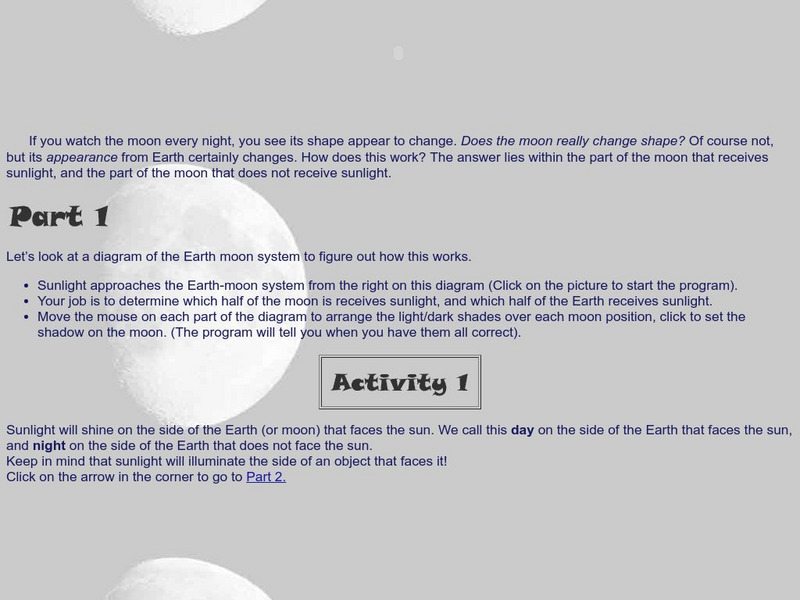
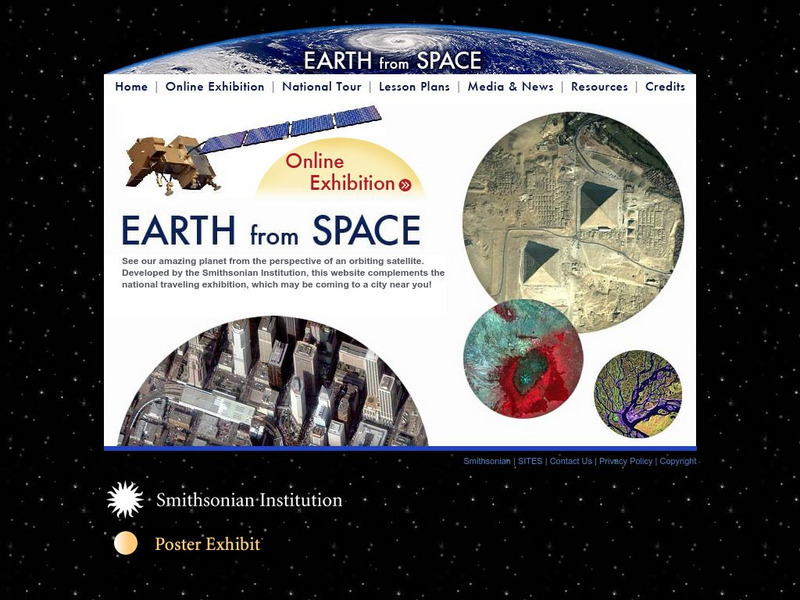




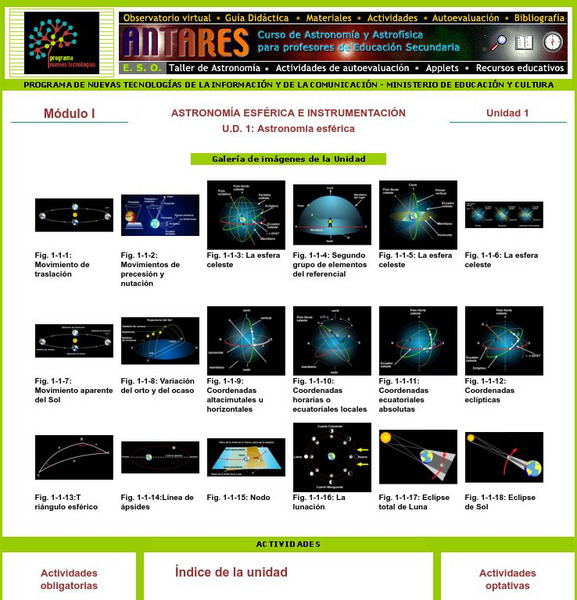
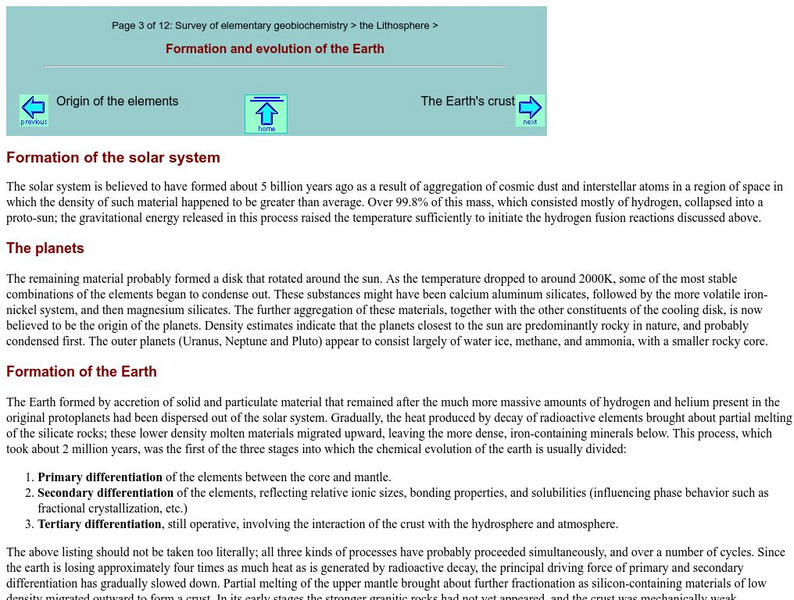
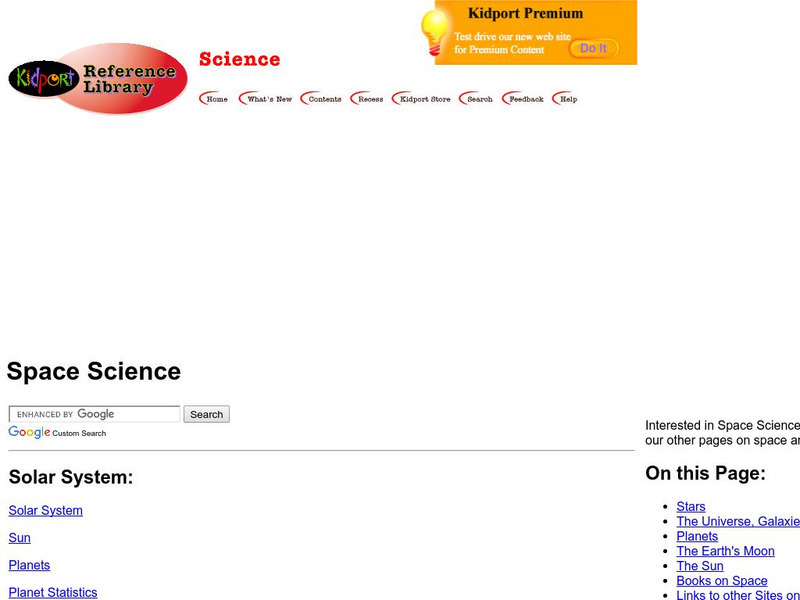




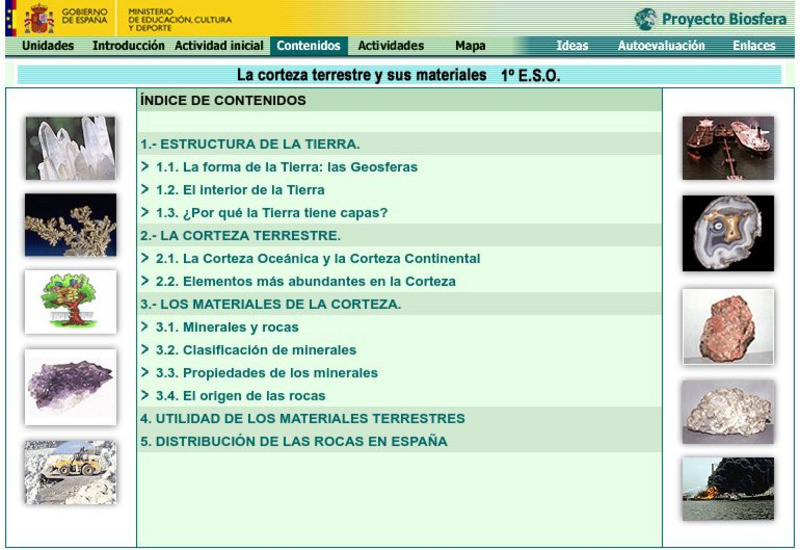

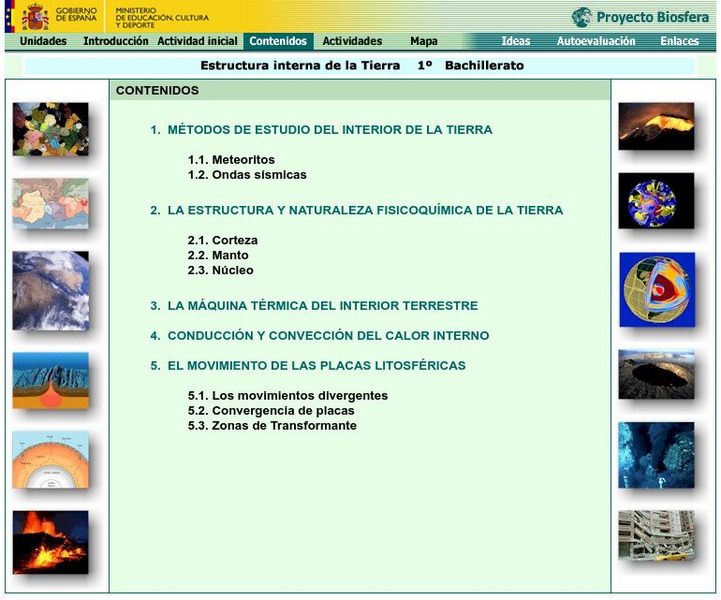

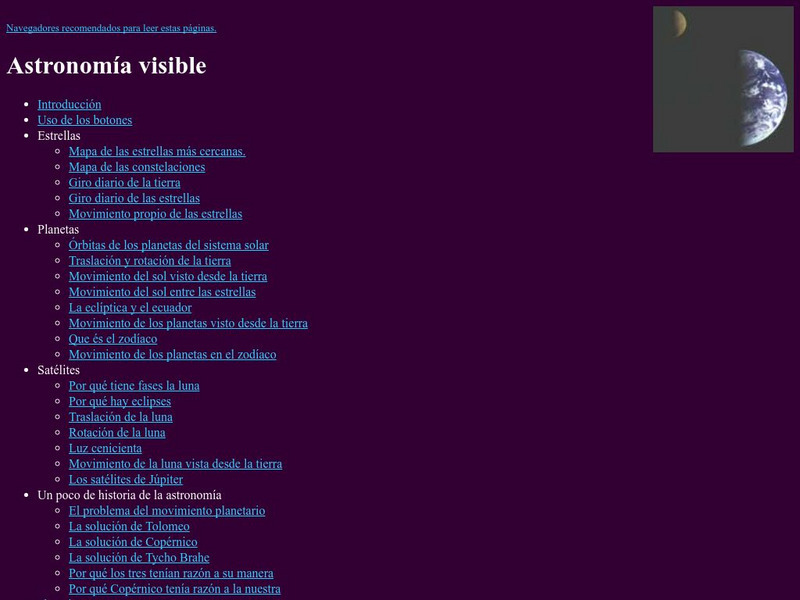

![De Paul University: Center for Urban Education: Learning About the Solar System [Pdf] Unit Plan De Paul University: Center for Urban Education: Learning About the Solar System [Pdf] Unit Plan](https://static.lp.lexp.cloud/images/attachment_defaults/resource/large/FPO-knovation.png)


